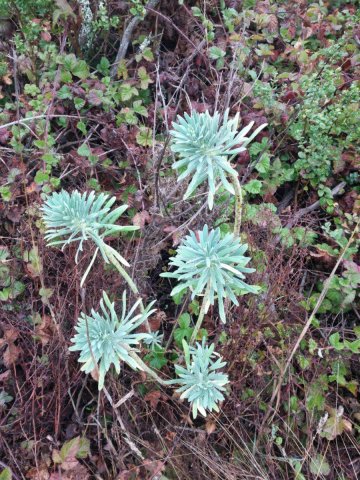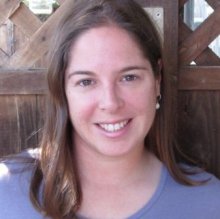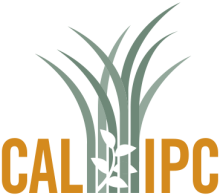Climate Matching Map
| Attachment | Size |
|---|---|
| climatematch-euphorbia_characias-california-20251025.pdf (1.11 MB) | 1.11 MB |
1. Question 1
The plant is not listed as naturalized anywhere else in GRIN (USDA GRIN)
There are GBIF records in the following non-native range areas for the species: New Zealand, Australia, India (1), North America.
2. Question 2
There are GBIF records in the following non-native range areas for the species that are similar in climate: New Zealand (South Island), Southeast Australia and Tasmania, and California, USA.
The plant was noted far from landscaping in Point Reyes National Seashore in 2017: "at the edge of a pullout on Mt Vision road in Point Reyes, and a few miles away escaping landscaping on Lower Dover road. " (NPS)
3. Question 3
This plant is not listed in any of the common invasive species websites (CABI, Weeds in Australia, etc.).
A google scholar search and a regular google search did not turn up any documented evidence of this species spreading in an invasive manner.
4. Question 4
This plant is not listed in any of the common invasive species websites (CABI, Weeds in Australia, etc.).
A google scholar search and a regular google search did not turn up any documented evidence of this species spreading in an invasive manner.
UC ANR/Extension says this species does show "unwanted self-sowing."
5. Question 5
Seven plants in the genus Euphorbia are on the California Noxious Weed list, the same as the region of interest.
6. Question 6
North Africa, Southeastern Europe, Southwestern Europe (USDA GRIN)
The plant is naturalized in 10 counties in California based on Calflora documentation at this time. (Calflora)
There are GBIF records in the following non-native range areas for the species that are similar in climate: New Zealand (South Island), Southeast Australia and Tasmania, and California, USA.
The following areas documented in GBIF have a dissimilar climate: South Island of New Zealand, Scandinavia, India, and British Columbia, Canada.
7. Question 7
8. Question 8
9. Question 9
10. Question 10
11. Question 11
One gardening article about propagating plants that is fairly thorough lists this plant within a category of "These perennials are best not divided"
12. Question 12
13. Question 13
14. Question 14
15. Question 15
82% germination rate shown for ssp. characias (Kew)
16. Question 16
17. Question 17
18. Question 18
Anecdotal evidence from California indicates that the species seems to arrive in new locations quite a distance from known plants.
19. Question 19
20. Question 20
Evaluation Notes
Attached new climate match link & map and made minor edits to references 10/26/2025 (J. Burger)




